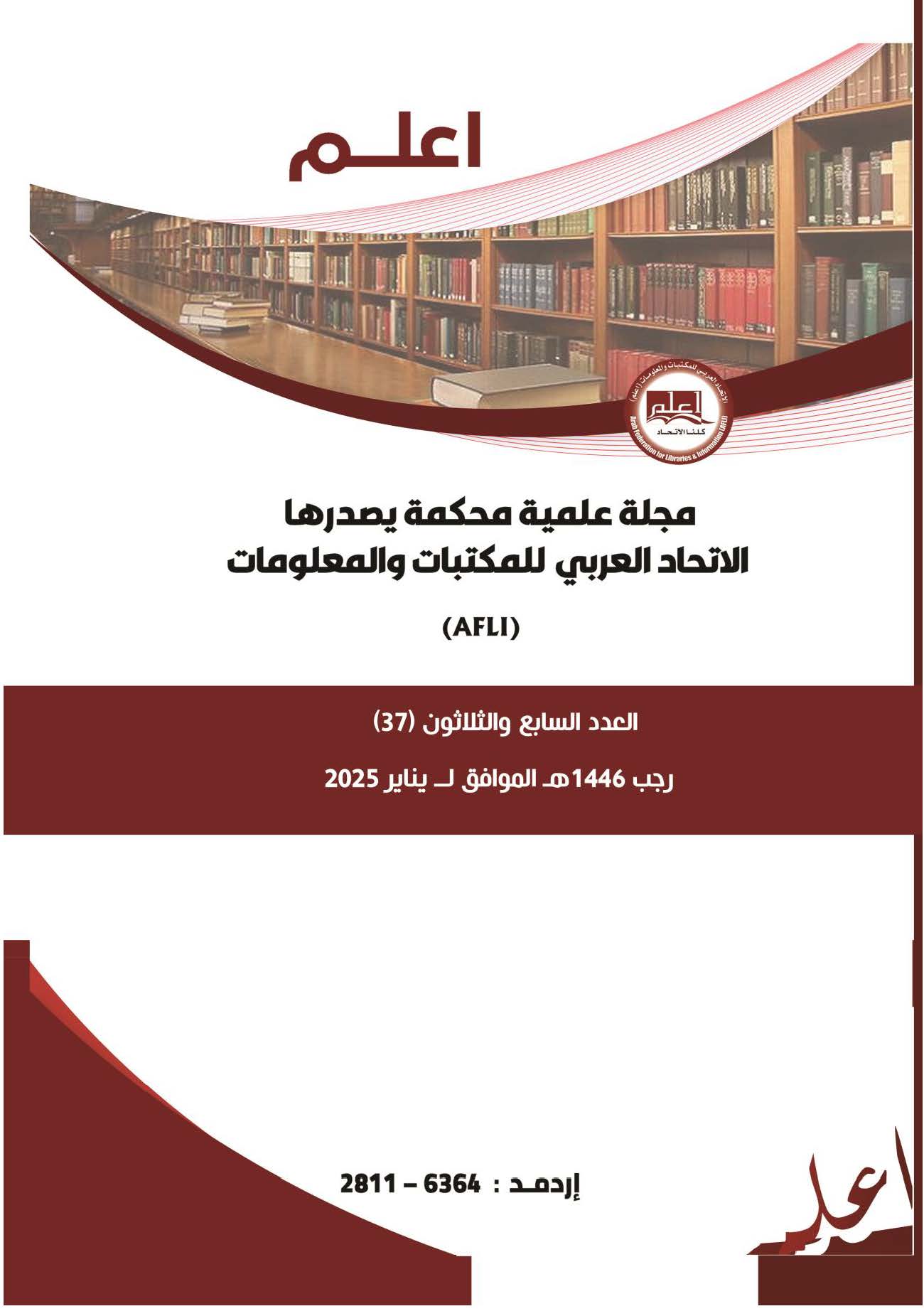The reality of applying practices and Criteria in digital platforms through Common Creative Licenses
An analytical study
Keywords:
المصادر الإلكترونية, رخص المشاع الإبداعي, المنصات الرقميةAbstract
The study aimed to identify the reality of applying practices and standards through digital platforms. The study sample consisted of a random sample of 168 Taibah University employees, including faculty, staff, and students. The study used the survey method and relied on the questionnaire as a tool for collecting information, with the aim of identifying the Views of faculty members, staff and students regarding the free availability of information sources and open access, under Creative Commons licenses that allow redistribution and reuse of sources, and the proposals put forward from their point of view for the existence of new legislation that is compatible with the requirements of dealing and free access to digital resources. The results showed that the members of the study sample agreed with the practical practices followed in digital platforms by a percentage of 86.33%, and the criterion of accessibility of the platform via computers and mobile devices ranked first in the study sample’s approval of it. As for the criteria of ease of navigation between the platform’s screens and content management tools (The ability to add texts, videos, sounds, and images, and the ability to connect content to social media networks) came in second place, while the standard for the ability to control the platform’s tools and connect to learning systems came in seventh place, and the accreditation standard for the platform granting certificates to students after they complete their courses ranked eighth.) . As for most of the licenses available within the platform, they are in the following order: All rights reserved, followed by attribution of the work, non-commercial, then reciprocal licensing, prohibition of derivation, non-commercial-prohibition of derivation, then non-commercial-reciprocal licensing. The platforms were arranged according to visit preference: Shams, followed by Edmodo, Riwaq, then Ithrai, and Madrasa. There were also statistically significant differences at the level of significance (0.01) in the practical practices followed in digital platforms in favor of the position of teaching assistant. The order of the positions was as follows: teaching assistant, associate professor, assistant professor, then professor, then student, then employee.



